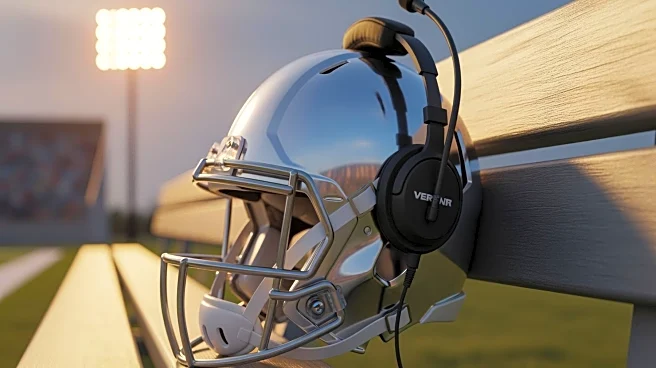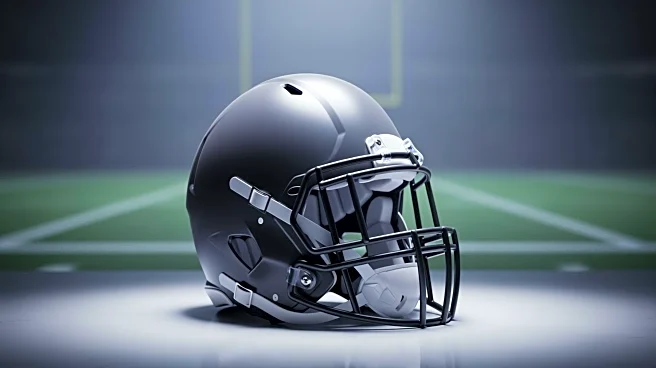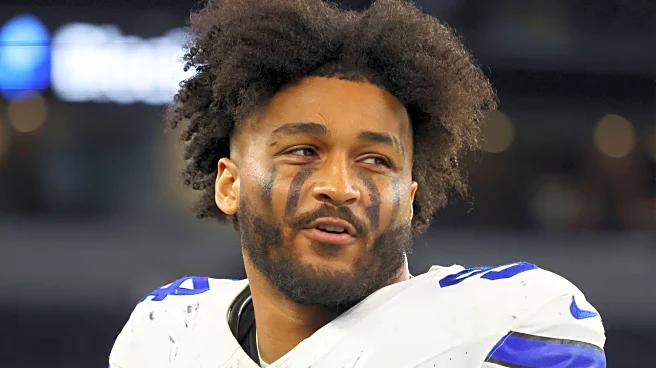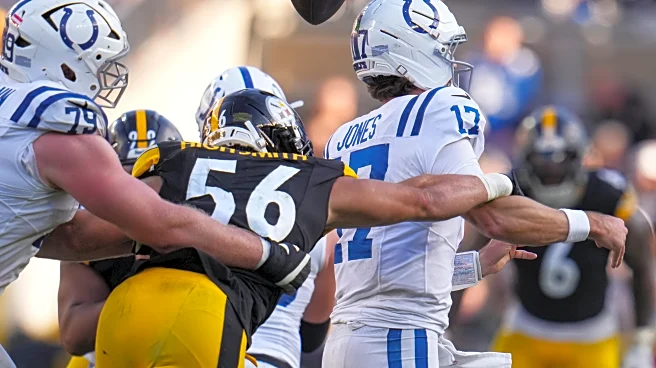What's Happening?
Carlie Irsay-Gordon, principal owner and CEO of the Indianapolis Colts, has taken a unique approach to her role by spending games on the sideline with a headset. Unlike most football team owners who watch
games from their suites, Irsay-Gordon prefers to be in the midst of the action. This decision follows the passing of her father, Jim Irsay, after which she assumed leadership alongside her sisters, Casey Foyt and Kalen Jackson. Irsay-Gordon's use of the headset is not for play-calling but to gain a deeper understanding of the team's operations and the people involved. Her involvement has been well-received by head coach Shane Steichen, who appreciates her hands-on approach and understanding of football dynamics.
Why It's Important?
Irsay-Gordon's active participation on the sidelines signifies a shift in how team ownership can engage with the operational aspects of a sports franchise. By immersing herself in the day-to-day activities, she aims to make informed decisions regarding team management and resource allocation. This approach could influence other team owners to adopt similar practices, potentially leading to more effective leadership and management within sports franchises. Her involvement also highlights the importance of understanding the intricacies of team dynamics, which can lead to better strategic decisions and improved team performance.
What's Next?
As Irsay-Gordon continues to learn and adapt to her role, her presence on the sidelines may lead to further innovations in team management. Her interactions with the coaching staff and players could foster a more collaborative environment, enhancing team morale and performance. Additionally, her approach may inspire other owners to become more involved in the operational aspects of their teams, potentially leading to a broader shift in sports management practices.
Beyond the Headlines
Irsay-Gordon's approach raises questions about the traditional roles of sports team owners and the potential benefits of a more hands-on involvement. Her method could challenge the status quo, encouraging owners to engage more deeply with their teams and understand the complexities of sports management. This could lead to a cultural shift in the industry, where owners are seen as integral parts of the team rather than distant figures.












